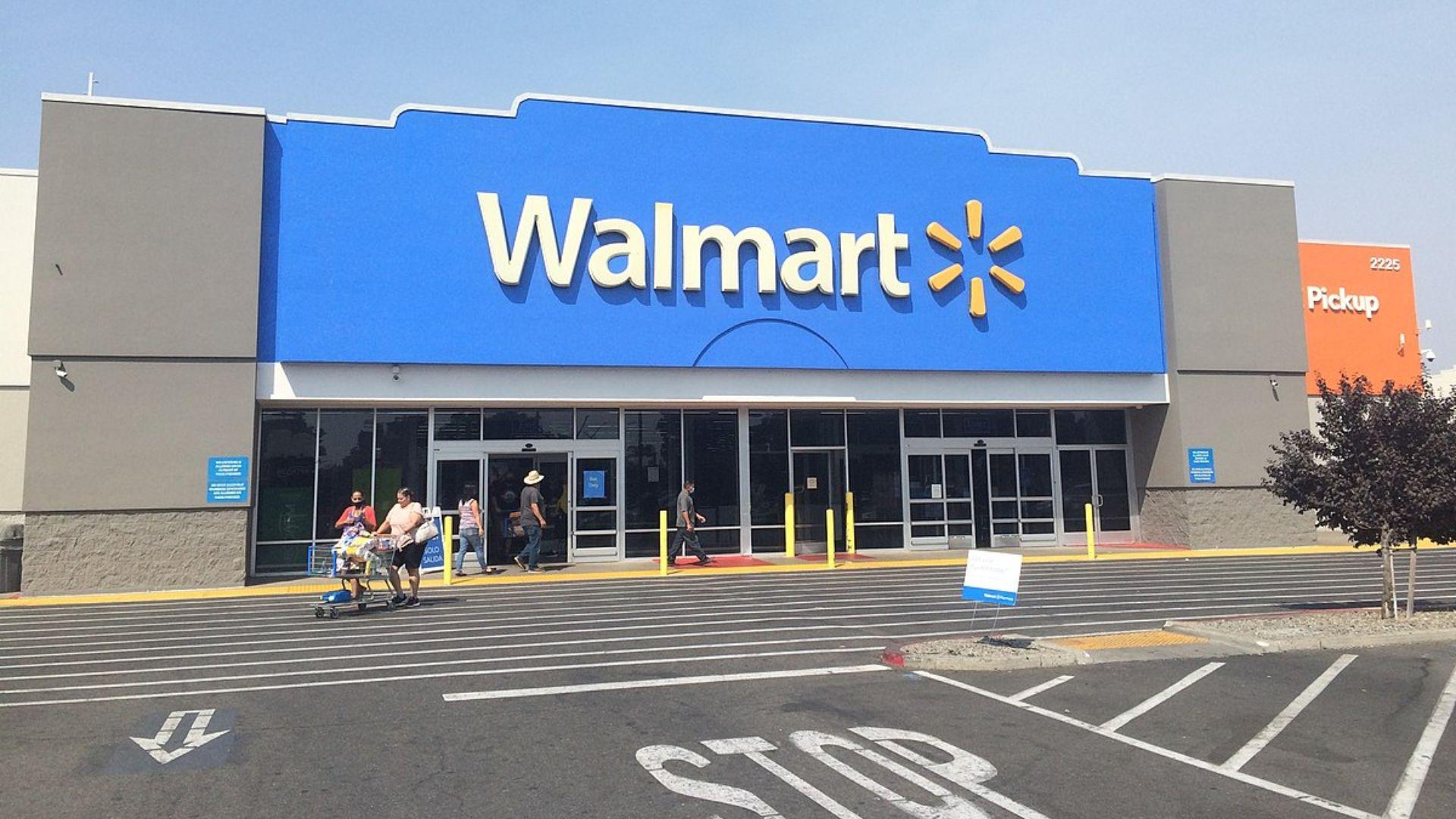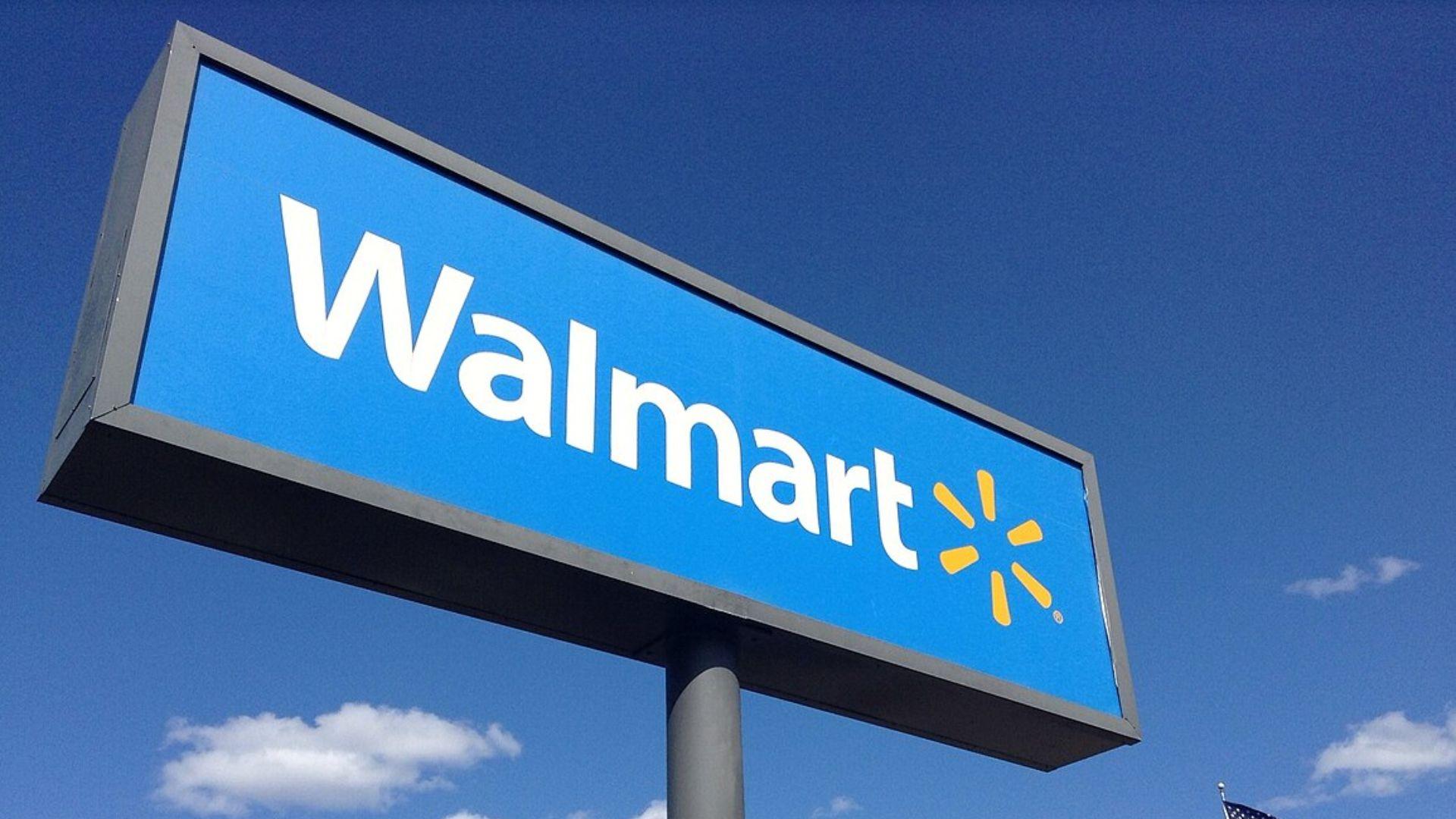Walmart, the world’s largest retailer, says it is getting rid of traditional stick shelf pricing by 2026 and will digital shelf labels (DSLs) instead.
The switch to DSLs will allow Walmart to change prices on products as often as every 10 seconds, raising fears that the technology could be used for surge pricing.
What is Surge Pricing?

Surge pricing involves the price of a product or service being directly linked to demand – often fluctuating throughout the week, or even changing on a daily basis.
One of the companies most well known for using surge pricing is ride share app Uber – who increase the price of travel during the busiest hours of the day.
The Benefits To Businesses of DSLs

DSLs have replaced traditional sticker price labels at a number of chain stores in the US and Europe. Walmart is simply the latest chain to get on board this growing trend that is designed to save money.
Walmart stores have over 120,000 products on their shelves – each with an individual price label. The introduction of DSLs is hoped to increase efficiency by freeing up time employees spend manually adding labels to stock.
Efficiency Savings

Daniela Boscan, a food and consumable team lead at a Texas Walmart echoed the talking points about DSLs improving efficiency. She said, “A price change that used to take an associate two days to update now takes only minutes with the new DSL system.”
Boscan added, “This efficiency means we can spend more time assisting customers and less time on repetitive tasks.”
New Policy Raises Concern

Fortune’s Sydney Lake echoed concerns that introducing DSLs could lead to surge pricing. She wrote that, “The speed and ease of updating prices has raised some eyebrows, considering how the company is introducing DSLs right as surge pricing has become a popular way to combat inflation.”
Other restaurants, such as Wendy’s, have recently faced similar backlash for proposals to bring in surge pricing. However, Walmart deny that they will do this
Surge Pricing Would Go Against “Everyday Low Prices”

A Walmart spokesperson said the company had no plans to introduce surge pricing and “would not raise prices when our customers are visiting us most.”
“It is absolutely not going to be ‘One hour it is this price and the next hour it is not,’” said Greg Cathey, the company’s senior vice president of transformation and innovation.
Despite Denials, Suspicions Mount

Despite denials, some customers, commentators, and social media users remain concerned about the possibility of Walmart introducing surge pricing – given how easy the new technology would make doing this.
Speaking on DSLs, grocery store analyst Phil Lempert said, “If it’s hot outside, we can raise the price of water and ice cream. If there’s something that’s close to the expiration date, we can lower the price — that’s the good news.”
Social Media Reacts Strongly

The Walmart news sparked a wider discussion on social media about surge pricing, with one X/Twitter user opining, “Surge pricing needs to be made illegal. It’s peak anti-consumer.” Another agreed and said that corporations that engage in the practice should “be boycotted and taught a lesson.”
However, not all people found the prospect of Walmart introducing surge pricing scary. One X/Twitter user said such be good “as it leads to the more efficient allocation of resources and will lead to more people getting what they want when they need it.”
Expert Doubt Walmart Will Introduce Surge Pricing

Most experts believe Walmart will simply use DSLs to ensure consistency between online and in-store prices, rather than to surge price. When asked about the prospect of surge pricing, retail management expert Santiago Gallino said, “I don’t think that’s the underlying main driver of this.”
Gallino continued, “These are companies that tend to have a long-term relationship with their customers and I think the risk of frustrating them could be too risky, so I would be surprised if they try to do [surge pricing].”
The History of Walmart

Walmart was founded by Sam Walton in 1962 and incorporated in 1969. By the end of 1970, the chain had 38 stores operating with 1,500 employees.
Today, Walmart is the world’s largest company in terms of revenue and is responsible for employing over 2 million people. Earlier this month, it was reported that the retailer was cutting hundreds of corporate jobs, leading to restructuring rumors.

